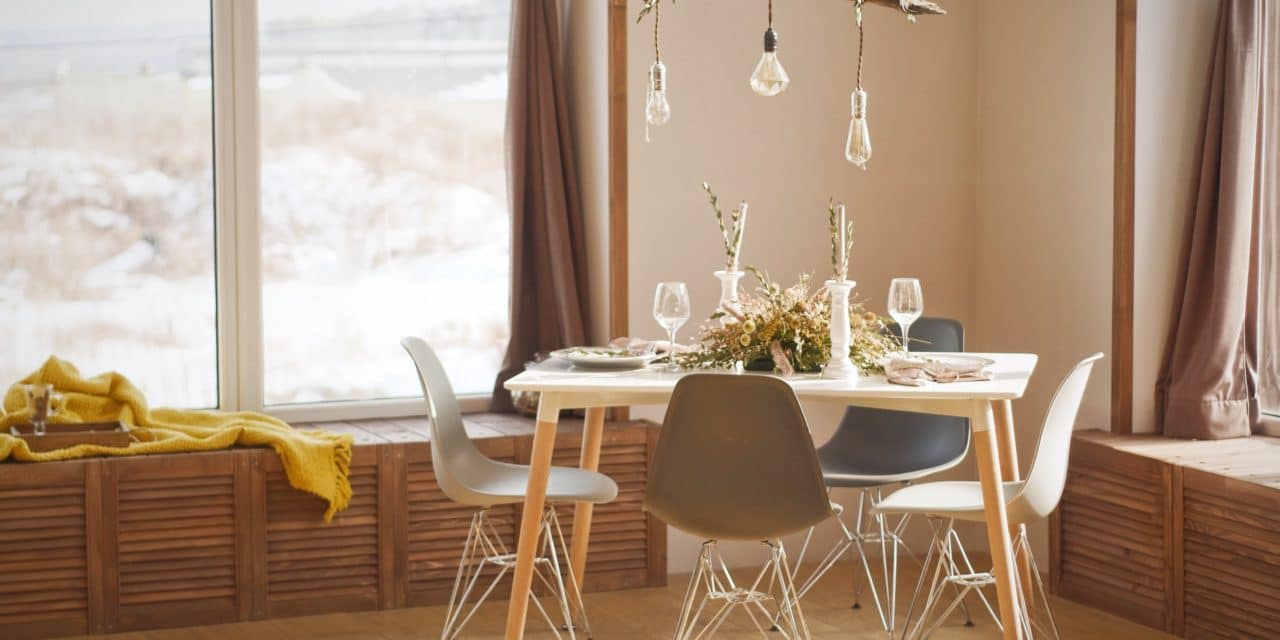[ad_1]
When it comes to modern home décor trends, modular sofas have become an extremely popular choice and the established alternative to the classic three piece suite combination of a sofa and two armchairs. Yet, as they are more complex to manufacture and are priced on a segment-by-segment basis they often end up being priced for more expensively than an equivalent corner sofa or traditional loveseat. So just why do modular sofas come with these additional costs?
The first port of call when it comes to understanding why a higher price tag is justified has to be the manufacturing process itself. Typically the five key stages of sofa manufacturer are design, frame construction, upholstery, top cover and finish. As each of these stages requires a very different set of skills sofas have traditionally been manufacturer in either artisan workshops or mass-manufacturing facilities where specialised teams work together to fulfil each stage of the process. Consequently from concept to completion, each aspect of a sofa requires a set investment of time and financial resources.
When it comes to modular sofas, this process needs to take place on a segment by segment basis, effectively breaking a single piece down into three to four separate smaller sofa-like articles. Not only does this require a higher level of throughput but it also increases the likely-hood of defect which itself places a cost upon the business. With a variety of segment options to design from corners to benches to chaise segments, it's also extremely important to accurately forecast demand to ensure that modular sofas may be sold as a completed arrangement without excess inventory building up which needs to be cleared at a discount.
Additional featuring can also make modular sofas far more-pricey than conventional units. For example, many modular sofas now feature a built in smartphone or tablet docking station which adds additional cost to the production process as the product needs to go through additional safety checks when sold as an electrical appliance. Even when no additional featuring is included, the associated costs of a modular sofa can still stack up if an expensive fabric or leather top cover is used, purely due to the greater surface area of building a sofa from three to four separate upholstered and covered segments. In short, there is a great deal that can quickly increase the price of modular furniture in the blink of an eye.
However, perhaps the final reason why modular sofas to tend to be more expensive is that they are typically sold to the market as a luxury product which is most suitable for large, open plan urban apartments that tend to be occupied and owned by wealthier consumer demographics. As an object of great admiration and superb design, it's also worth mentioning that many of the world's leading furniture designers, architects and interior planners favour modular sofas as the design purists choice within an industry which is increasingly plagued by a race to the bottom in terms of value.
Hopefully this quick overview provides a number of explanations why modular sofas seem to always be so much more expensive than equivalent units which do not feature its unique segmented design but rather are constructed as a single upholstered product in the traditional fashion of the piece.
[ad_2]
Source by Tom W Goodwin


